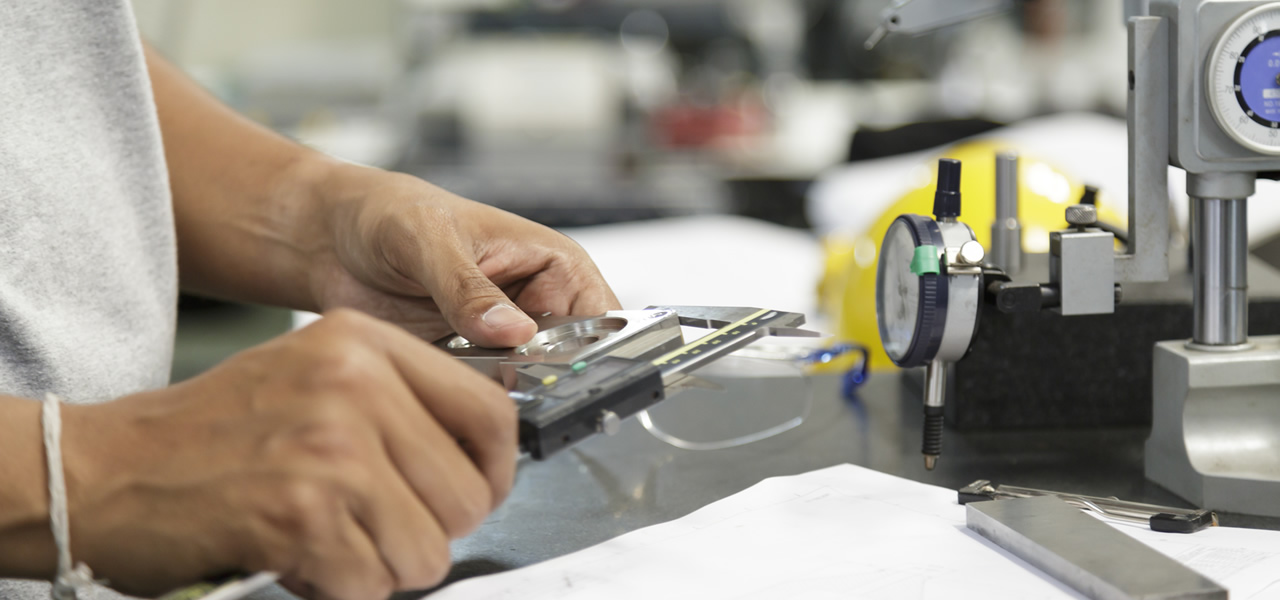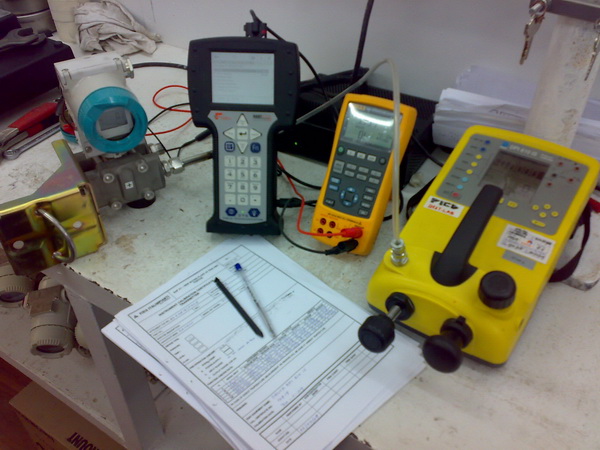The difference between Calibration and Verification
**What is Calibration?** Pursuant to the Law on Measurement No. 04/2011/ QH13 dated November 11th, 2011, **Calibration** means the determination and est
Contents
What is Calibration?

Pursuant to the Law on Measurement No. 04/2011/ QH13 dated November 11th, 2011, Calibration means the determination and establishment of a relationship between the measurement value of a measurement standard or measuring instrument with the measurement value of a measurement.
Measurement standard means a technical instrument to display and maintain the unit of measurement of a measurement and used as a standard for comparing with other measuring ones.
What is measuring equipment calibration?
Measuring equipment calibration is to establish a relationship between measurement standards and measuring instruments. Calibration involves determining the accuracy and error of a measuring instrument. Calibration process is done by directly comparing a measuring instrument and a known metrological standard, from which a formula is established to help users determine the exact value of the unit of measurement as measured by that means.
Once calibration is done, the instrument will then be issued with a Calibration Certificate (in most cases) stamped. Based on this information, users can decide whether the measuring device is suitable for usage requirements.
The importance of a calibrated measuring instrument is:
- Ensure that the measurement result of a measuring instrument is in accordance with other measurements;
- Determining the measurement uncertainty of that measuring instrument;
- Establishing the reliability of the measuring instrument.
Why do we need to calibrate the equipment?

During the working process, equipment/machines will be affected by the environment and the drift in the working process, which over time will result in accuracy reduction.
Then, the reliability of the measurement results will be lost, and product quality will also suffer. The deviation cannot be completely eliminated, but it can be controlled through calibration. Calibration ensures that measurements are accurate and within the required specification of the process equipment.
What are equipment that require calibration?
Basically, every device that has its accuracy established should be calibrated to ensure operational stability as well as reliability of the equipment’s measurement results. During device’s operation, apart from component aging, factors related to the environment, usage purposes ... all affect the accuracy of the machine over time. This means the reliability of the calibration is only valid for a period of time or the calibration cycle.
Determining the calibration cycle?
According to Vietnam Metrology Institute (VMI), calibration cycle is of paramount importance in ensuring the measurement’s accuracy. There are many factors that affect the calibration cycle, the most important ones include:
- Type of measuring instrument;
- Recommendations of the manufacturer;
- Results and data of the previous calibration;
- Condition of preservation and maintenance;
- Frequency and severity of use;
- Trend of deviation in specifications of measuring devices;
- Frequency of checking by other measuring standards;
- Frequency and quality of self-calibration and verification;
- Storage conditions (environment: temperature, humidity, vibration ...)
- The accuracy of the measurement to be achieved;
- Costs for calibration.
A new imported measuring instrument, when put into practice after production, should have the first calibration interval defined and subsequent calibration intervals.
How frequently an instrument is calibrated depends on several factors. First of all, the instrument manufacturer will provide the reference calibration interval. Depending on the intended use of the device, this time period may vary.
What is Verification?

Product Verification is the determination and consideration of the conformity of a measuring device with the legal requirements to see if the product meets specific technical specifications or not.
The limits of technical characteristics and management requirements of products, goods, services, processes, environment, and other entities of socio-economic activities are provided in national technical regulations. These limits and requirements must be complied to ensure safety, hygiene, human health, protection of animals and the environment; protection of national security and interests, consumer interests, and other essential requirements.
The Verification results (pass/fail) will be determined by the state inspection agency.
Equipment required to be verified?
According to Circular No. 36/2019 / TT-BLDTBXH, the list of safety inspection of machinery and equipment includes: Boilers and pressure equipment; Heating pot; Pressure tanks; Gas cylinders; Compressor; Elevator, Escalator; Lifting equipment: Forklift, Gate crane, Tower crane, Palang, Hoist, Lift floor ...
Circular No. 33/2015/TT-BCT Regulation on technical safety inspection of electric equipment and tools; The equipment subject to verification include: Transformer; Breaker; Lightning protection valve; Isolator breaker, ground circuit breaker; Electric cable; Hot stick.
Circular No. 23/2013/TT-BKHCN Regulation on metrology for group 2 measuring instruments; Mandatory verification of the length measuring instruments, the mass measuring instruments, the capacity and flow measuring instruments. pressure measuring equipment, temperature measuring instruments, ...
How many steps involve the verification process?
For technical safety verification, it is required to follow the following steps:
- Check the instrument's profile and background;
- External technical inspection;
- Technical Check - No-load test;
- Test modes - Test method;
- Handling inspection results.
Note: The later test step can only be conducted once the test results in the previous step have met the requirements.
Why is verification necessary?

Safety verification is an important task to ensure the safety of both the user and the equipment. Organizations and individuals using equipment, materials and substances with strict requirements on occupational safety and hygiene need to conduct safety verification because:
- Each equipment has its own safety standard and requirement. Verification of such equipment is to ensure occupational safety, avoid unfortunate risks, possible damage.
- Verification is the only way to prove the equipment meets the technical requirements, meets the requirements of the task.
- Through verification, failures and errors of the equipment can be detected. Then timely measures can be taken to prevent the accident from happening.
- Conducting equipment safety verification is also in compliance with the provisions of the law.
Similarity between calibration and verification
Calibration and verification share the same technical nature: that is the comparison of a measuring instrument with a standard instrument to assess its errors and other technical or metrological characteristics.
What is the difference between Calibration and Verification?

The biggest difference between equipment calibration and verification is the legality. While calibration is voluntary, verification is mandatory for businesses.
Verification is crucial for businesses, because it not only ensures safety, but also directly affects the business and production activities.
About EMIN's Calibration - Verification - Repair center
EMIN Vietnam’s Calibration and Verification center has been established since 2020 to provide after-sales services. The Calibration and Verification center is thoroughly equipped with technical equipment, followed by the assistance from various equipment manufacturers around the globe. At the center, calibration of specialized equipment is successfully carried out by experienced engineers in EMIN Vietnam, ensuring fast, accurate, reliable procedure to meet the most demanding customers’ requirements). Such technical capacity can only be performed by very few technology businesses in Vietnam. Meanwhile, after tireless effort, the Calibration and Verification center of EMIN Vietnam is officially certified to be accredited by the ISO 17025 standard (Jan, 2021)
If you want your instruments calibrated, please contact:
Equipment Verification - Calibration - Repair Service Center - EMIN Vietnam JSC
Address: No 203 Nguyen Ngoc Vu Street, Trung Hoa Ward, Cau Giay District, Ha Noi City
Email: services@emin.vn - Hotline: 0968.060.220
If you wish to have a look at EMIN Vietnam Calibration-Verification Service, click here.